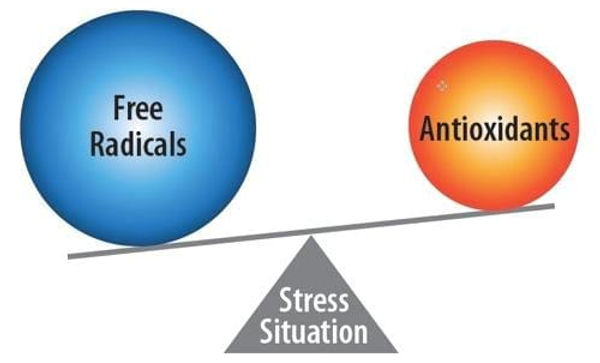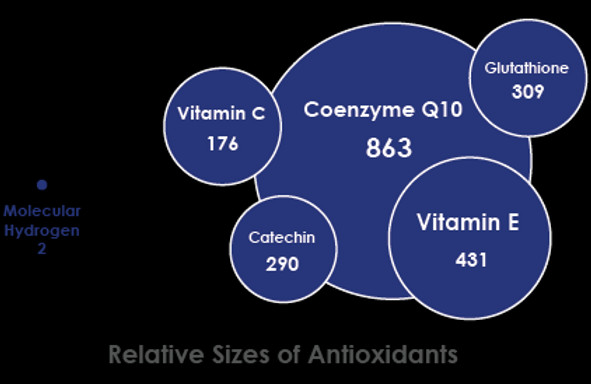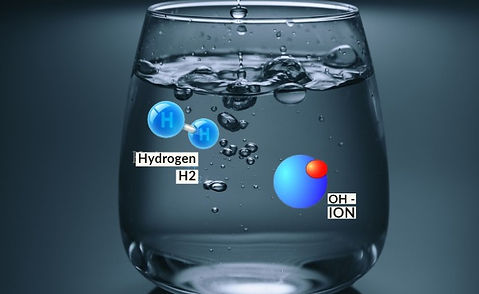
Water For Life
select the best..
ANTI-OXIDANTS
To understand an Antioxidant understanding free radicals are important. Free Radicals are the byproduct of oxidation in the human body. Free radicals are those substances that have an unpaired electron in their outer orbit. These free radicals steal an electron from cells of the body and cause harm to them.

Free radicals are highly unstable molecules that are naturally formed when you exercise and when your body converts food into energy. Your body can also be exposed to free radicals from a variety of environmental sources, such as cigarette smoke, air pollution, and sunlight. Free radicals can cause “oxidative stress,” a process that can trigger cell damage. Oxidative stress is thought to play a role in a variety of diseases including cancer, cardiovascular diseases, diabetes, Alzheimer’s disease, Parkinson’s disease, and eye diseases such as cataracts and age-related macular degeneration.

OXIDATIVE STRESS
As long as there is a balance of antioxidants and free radicals in your body no damage is caused to your bodies. But when more free radicals are produced than there are antioxidants available, oxidative stress occurs. When this situation persists for a prolonged period, the chronic degenerative disease may develop into your body and you begin to lose the war within.
To stabilize free radical electrons are required. An antioxidant is a substance that can donate electrons to a free radical and balance out the unpaired electron, which neutralizes the free radical. Our body even can create some of its antioxidants. The rest of the antioxidants must come from food or nutritional supplementation.
Antioxidants are natural substances that may stop or limit the damage caused by free radicals. Your body uses antioxidants to stabilize the free radicals. This keeps them from causing damage to other cells. Antioxidants can protect and reverse the damage caused by oxidation to some extent.
-
Living organisms have evolved many antioxidant defenses to maintain their survival against oxidative stress (R).
-
To avoid free radical overproduction from oxidative stress, antioxidants are present in tissues to neutralize these free radicals (R).
-
An antioxidant is a substrate that protects biological tissues from free radical damage. Biological reductants can regenerate or recycle the antioxidants (R, R2).
-
Antioxidant defense mechanisms involve both enzymatic and nonenzymatic strategies. (R).
Another important fact is that the brain gets the most oxidative stress damage because our brain consumes the most oxygen. However, most antioxidants cannot get past the blood-brain-barrier to neutralize free radicals in the brain.
Most antioxidants turn into weaker free radicals themselves after neutralizing free radicals. As shown right, when ascorbic acid donates hydrogen and an electron to a free radical (R^) it becomes an ascorbyl radical, a weaker free radical byproduct. This ascorbyl radical needs to be taken care of by enzymatic processes that require resources and energy.
The problem with most of the Antioxidant is that they have large molecular weights as shown :
Since these molecules are so large, their transport into areas where they are desperately needed, which is inside the cells, is very slow and requires the aid of active transport.
They also need to be absorbed through the digestive system. It’s difficult to get a high dosage of antioxidants to reach the cell since other things are being absorbed and digested as well.

How can we stop this cycle of oxidation?
The cycle of oxidation can be stopped simply by drinking high-quality hydrogen-rich Electrolyzed-Reduced Water (ERW). The extraordinary antioxidant properties of this water have been recognized by many Researchers, Scientists, Chemists & Engineers. This water is rich with simple nano-particle antioxidants called free electrons. You see when an electrical current is passed through water (electrolysis) some of the water molecules break apart creating Hydroxyl ions (OH-) & Hydrogen Gas (H). When Hydrogen molecules are exposed to platinum, they release their electrons.
These electrons are directed down a wire where they produce electricity & become part of the alkaline drinking water.
The Results Are Astonishing!!
With these Free Electrons & the power, they have to “reactivate” the body’s healing ability, the downward cycle of oxidation can be STOPPED!






